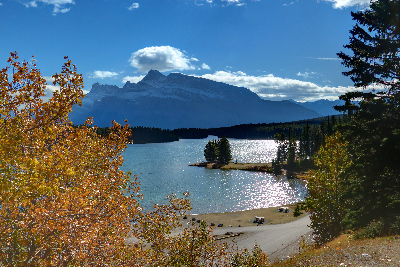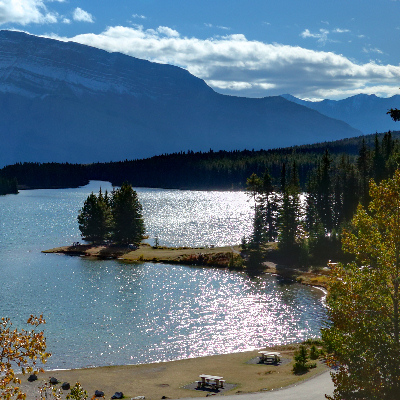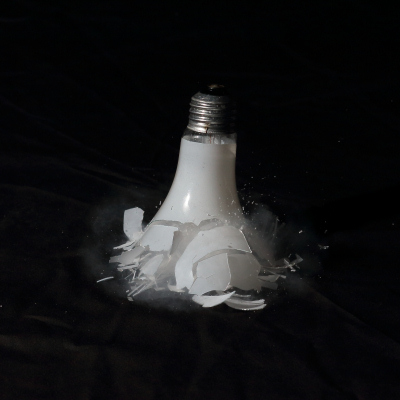
On Thanksgiving morning, my sons Mike and David set up a sound-activated flash trigger and invited me to use my camera to capture one of the angles of a light bulb breaking. It was a significant transformation for that common household item. A fraction of a second before hitting the ground, it looked like this:
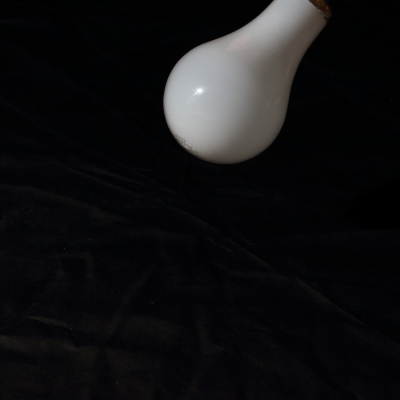
Upon impact, it became a blur of glass and white dust. Well, to the camera it wasn't a blur thanks to modern flash units. There is a lot of detail that can be captured in a burst of light lasting only 0.00003 second (1/30,000) -- things that you just can't see with the naked eye. For example, the white inner coating of the light bulb disperses in a dusty cloud amid flying shards of glass:
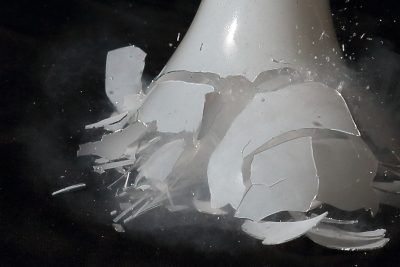
Where did my kids get the crazy idea to photograph a light bulb breaking? Maybe it's genetic. When I was in college, I experimented with shooting "freeze photos," i.e. isolating an instant of time using a flash unit. For example, here is a light bulb I broke with a hammer, captured on old-fashioned film one summer between school years:
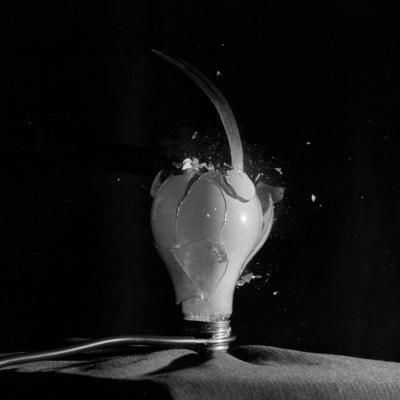
Maybe I'll post some of my other college-days "freeze photos" in a later blog entry.
In the meantime, it's nice to know that the high-speed photography genes have been passed on to the next generation! With a modern digital SLR and sensor-based electronic flash triggering equipment, who knows what kind of fantastic images will get captured? :-)

